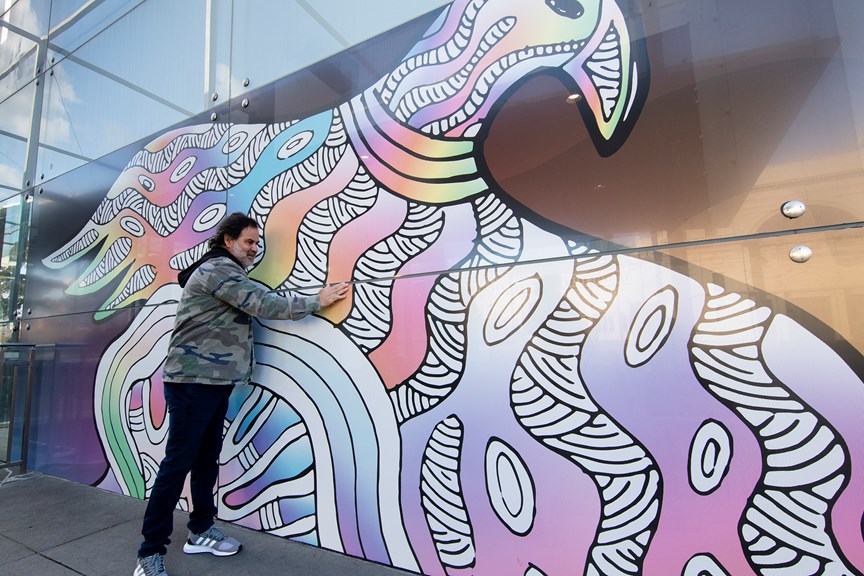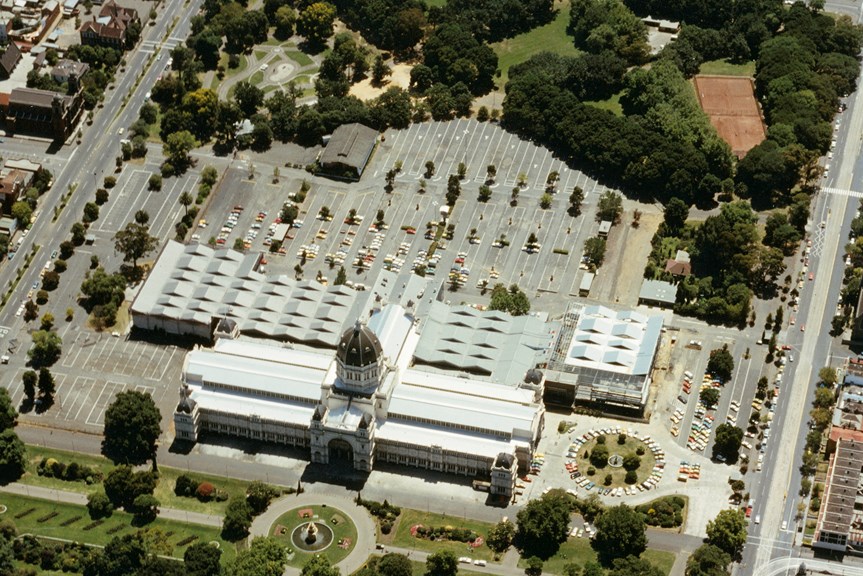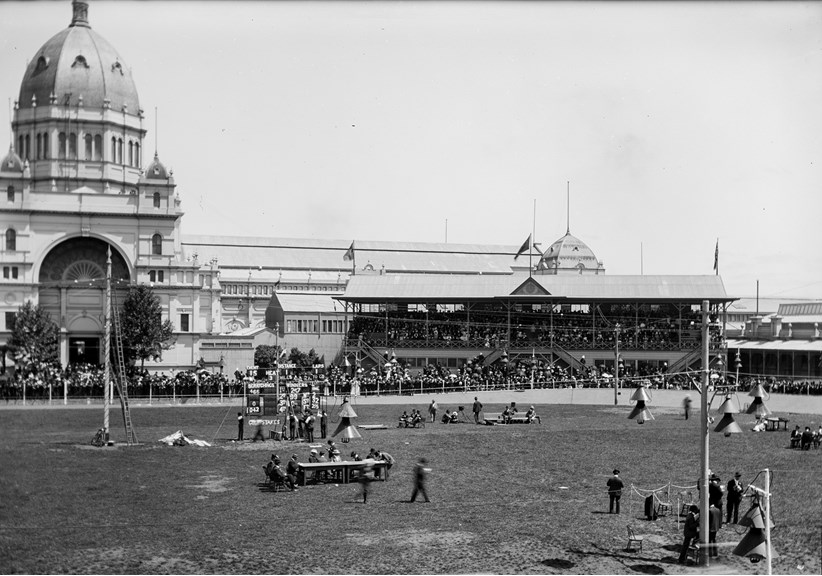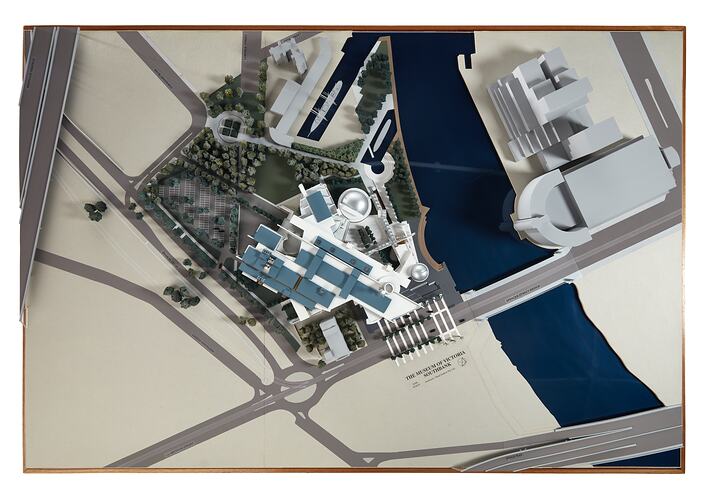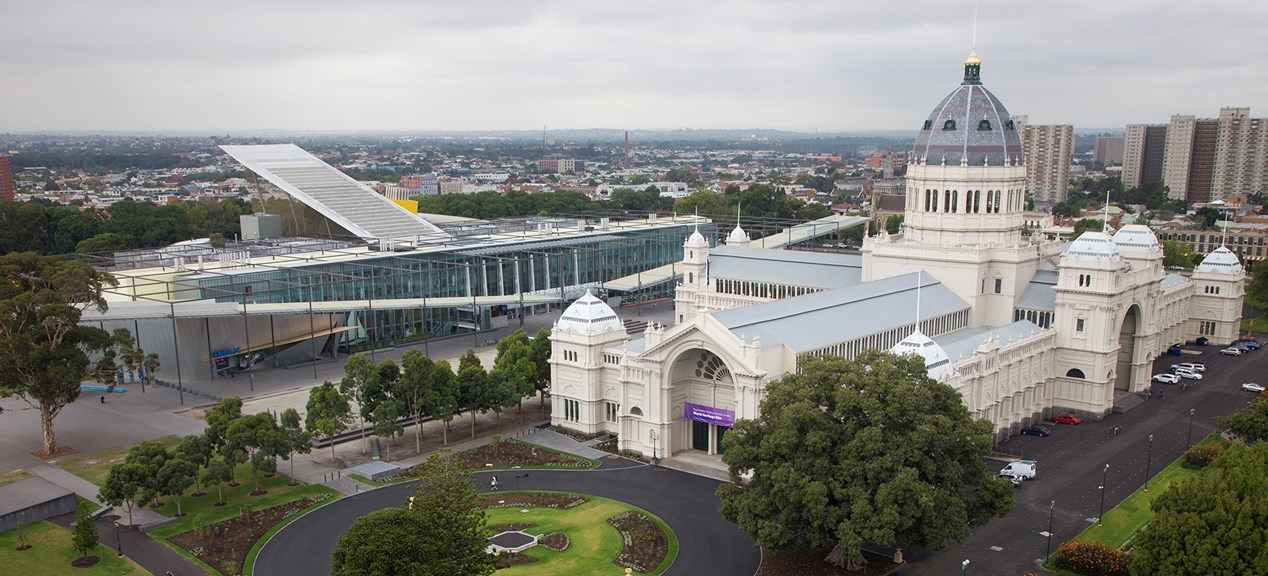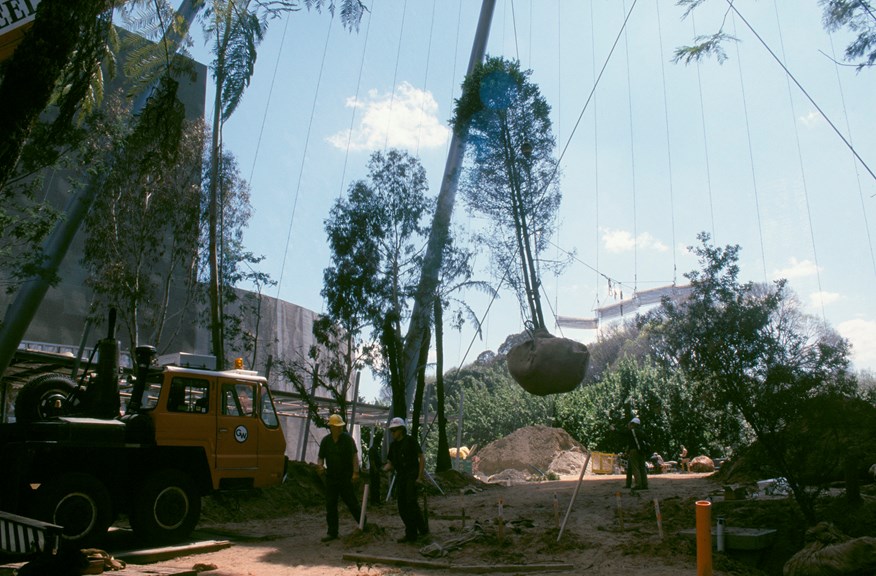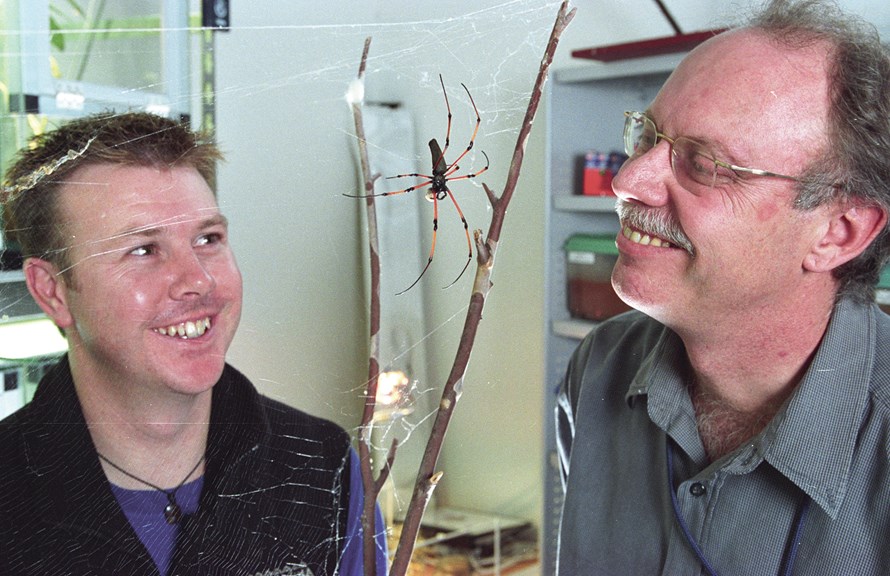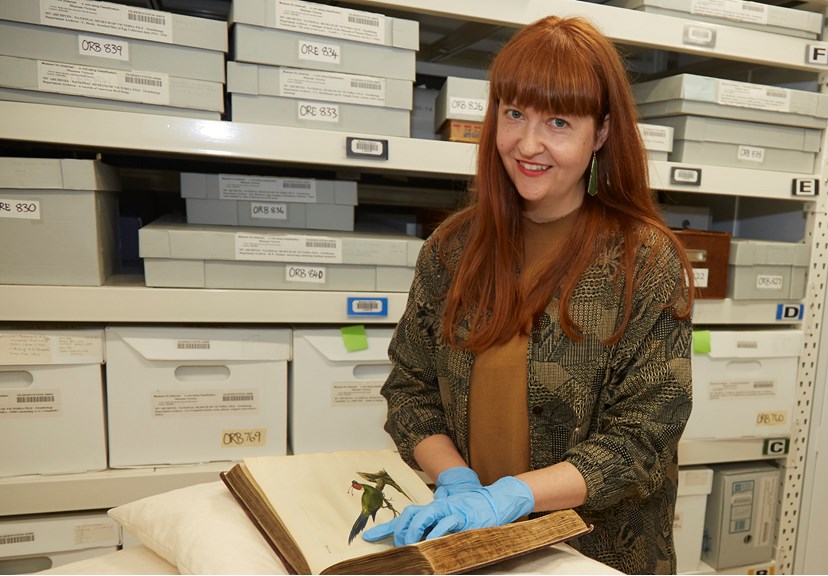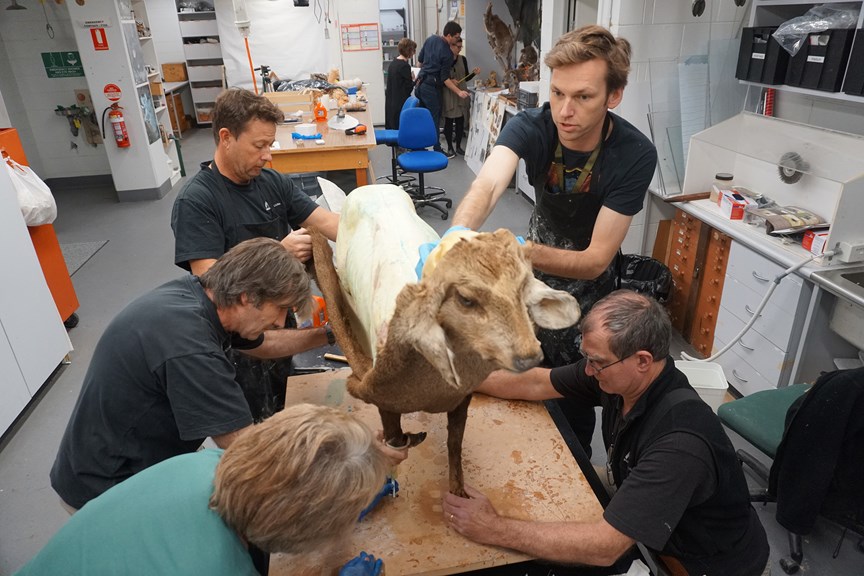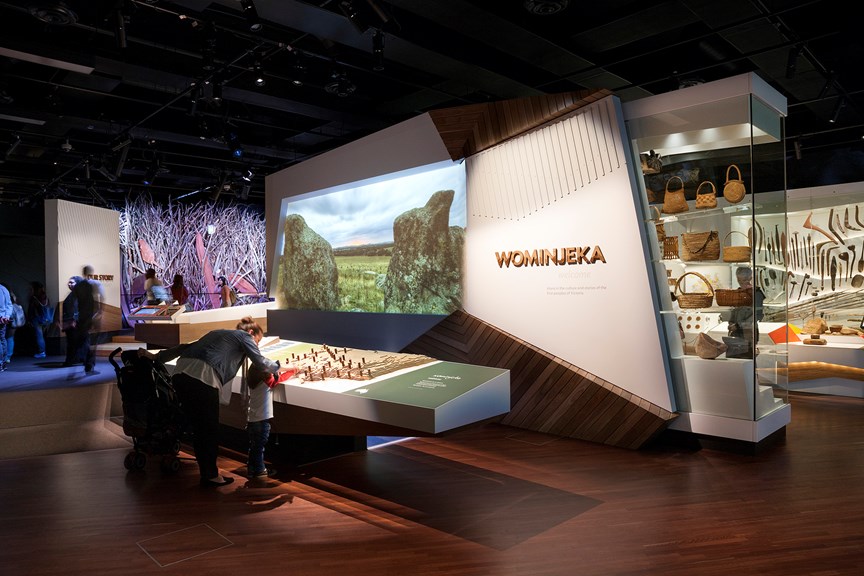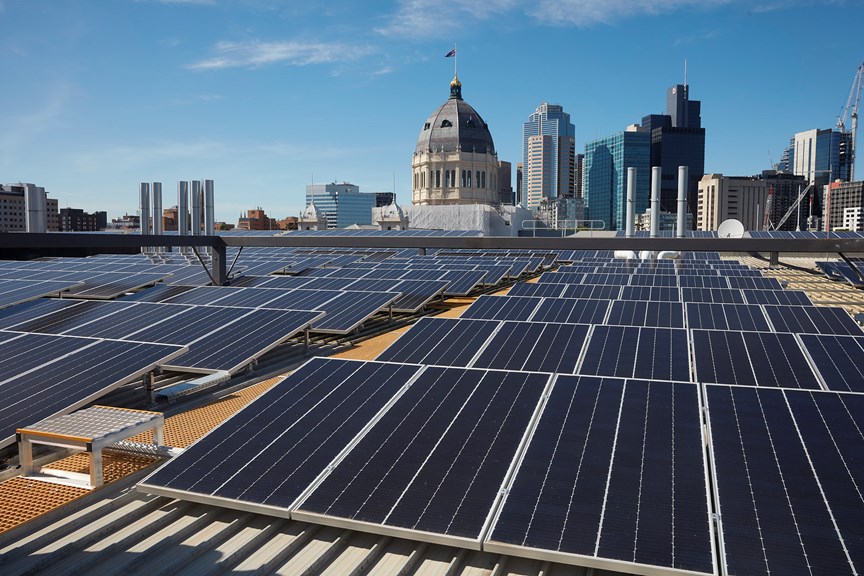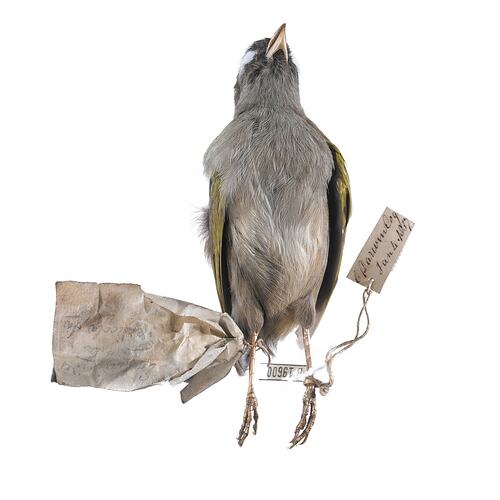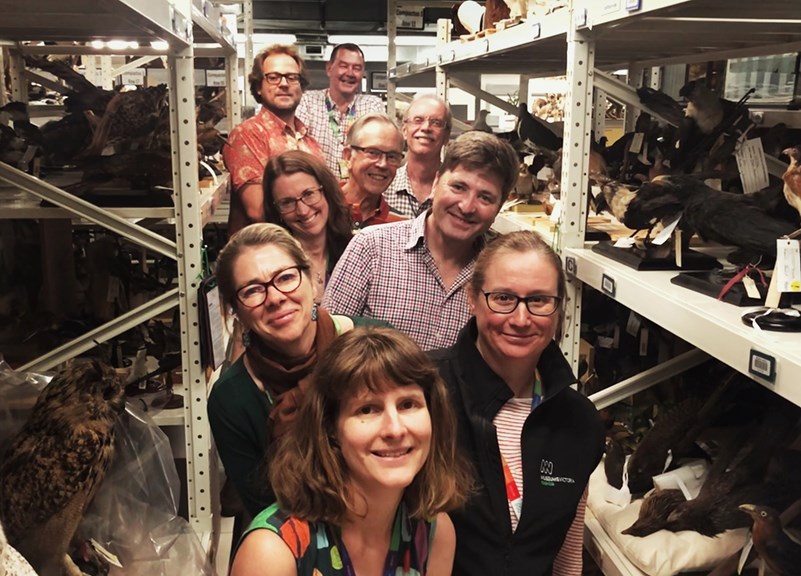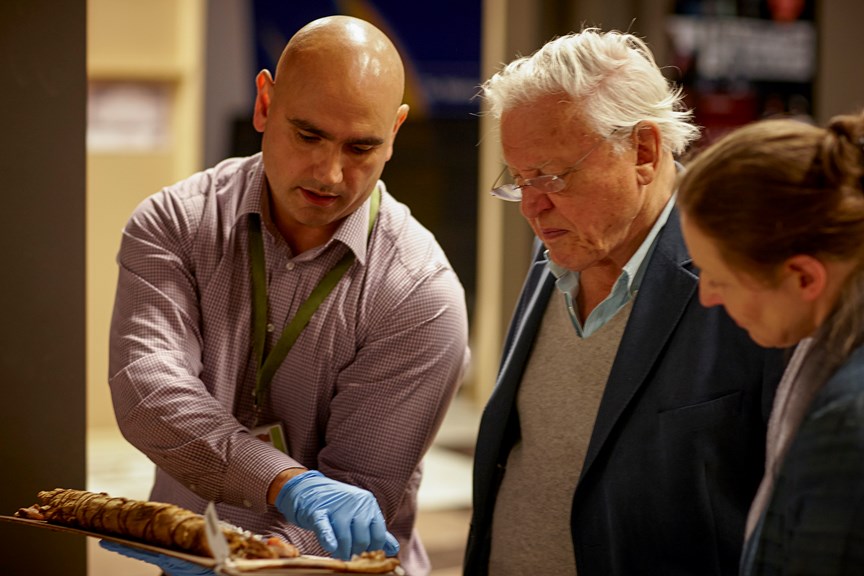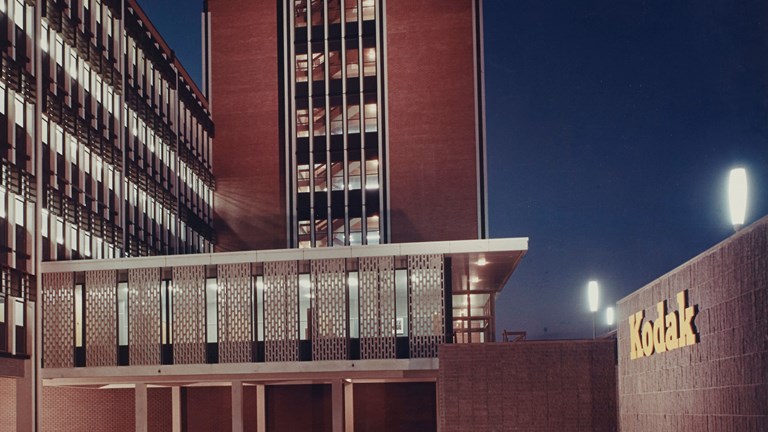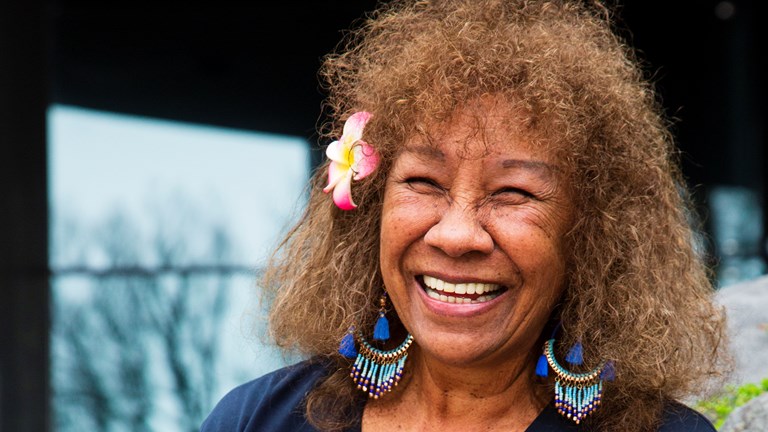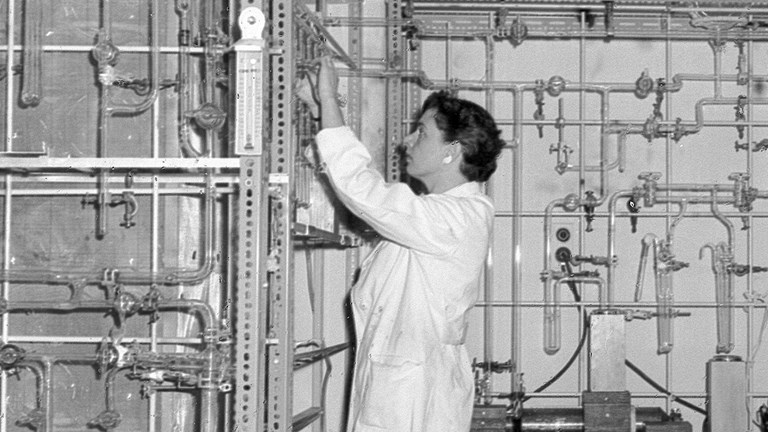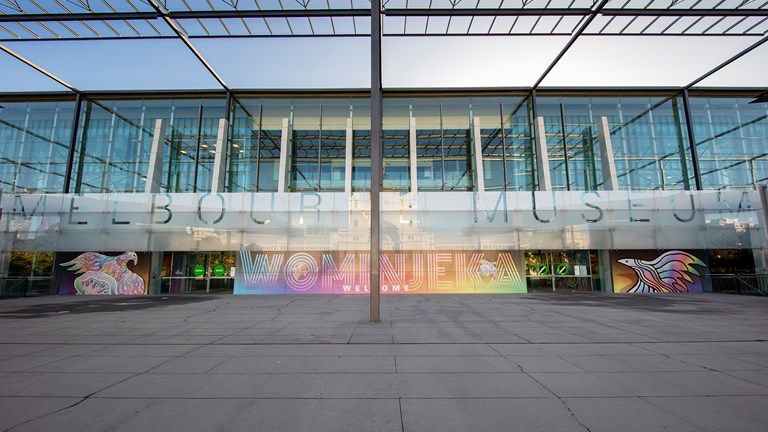
Birthday honours: 21 of our favourite things about the Melbourne Museum
Fascinating facts about Melbourne’s favourite museum.
The Melbourne Museum is 21 years old!
And by that of course we’re only referring to the building in Carlton itself—the museum has existed in a few different guises and locations across Melbourne since it began in the 1850s.
While a 21-year-old building could be considered youthful, it is still enough time to accumulate some stories and conceal others from long before.
So, let’s get to it: 21 fascinating facts about the Melbourne Museum.
1 A significant site for First Peoples
Melbourne Museum stands on the lands of the Wurundjeri people.
21 years as a museum is a drop in the ocean compared to the thousands of years of cultural significance that precedes it.
All visitors to the museum are welcomed by Uncle Brendan Kennedy’s Wominjeka artwork, featuring a soaring Bunjil|Wiripil and Waa|Wangi, in recognition of this fact.
2 The site used to be a car park
Yep, and it looked exactly as attractive as it sounds.
The site has always adapted to meet the needs of the day, with the Royal Exhibition Building’s sprawling complexes of annexes being continuously torn down and rebuilt.
As cars become more popular, the western and northern sections of the site were turned into car parking.
Fortunately wiser, and much more imaginative heads prevailed and the carpark was moved underground during the museum’s construction.
3 It also used to be a racetrack
Twice!
First it was a cycling velodrome, then a full-blown motorsport racetrack.
The racetrack, known as the Melbourne Exhibition Speedway, operated from 1928 until 1936 and is considered the birthplace of motorcycle sidecar speedway racing.
Hard to imagine the cacophony of motorcycles fanging it around there now, though, isn’t it?
4 The Carlton Gardens wasn’t the first choice of location
Most people know the last location of the Melbourne Museum was on Swanston Street—the same building that the State Library of Victoria continues to call home.
But in the decades before that move a few locations were floated as the museum’s next home, including King’s Domain, Queen Victoria Market and Southbank.
In the 1990s, construction of a new museum even began at Southbank before those works were incorporated into what is now the Melbourne Exhibition Centre.
You may have noticed a similarity in the bladed roof features of the museum and exhibition centre—that’s because they were designed by the same architects, Denton Corker Marshall.
5 The museum’s roof had to be kept below a certain height
You know one of the really annoying things about having a World Heritage listed building as your neighbour?
Like some kind of sibling rivalry where the parents favour the elder, the Melbourne Museum was prevented from being any taller so it wouldn’t spoil the view of the Royal Exhibition Building’s dome.
Ok, fine we’re actually quite fond of the iconic golden-tipped dome and wouldn’t have it any other way, but there you have the reason for why the building is as tall as it is, and no taller.
6 There is a tunnel between the museum and Royal Exhibition Building
Well, mostly.
Have you ever been on the forecourt between the two buildings and wondered what those white strips on the raised benches are?
They’re skylights for what lies beneath.
The tunnel extends out from the museum towards the REB, but was never completed.
You may have even been inside the opening on the museum side without knowing it, as it is part of the Road to Zero exhibition space.
7 The Forest Gallery trees had to be craned in
It is a bit of an exercise to move mature trees at the best of times, let alone get them into a museum.
The designers of the Forest Gallery had an ambitious plan to replicate the Mountain Ash forests of Victoria’s highlands, using 12-metre-tall trees and salvaged from logging coupes east of Melbourne.
The solution? Big cranes.
Dozens of trees were planted in the space, to give them time to get used to their new home before the grand opening.
Two decades later, these towering giants regularly have to be trimmed to stop them from growing through the roof.
We hope you’ll agree it is worth all the effort—our staff definitely do, and often cite it as one of their favourite places in the museum.
8 The museum is a quarantine facility
Much like anyone who has travelled during the COVID-19 pandemic, some animals must also submit to quarantine.
The most likely way they end up there, though, is being confiscated by customs officers—as is the case with exotic species like tarantulas and chameleons.
Biosecurity breaches are serious business, and ordinarily these creatures would be destroyed to prevent them becoming an invasive species.
But at the Melbourne Museum these fugitives get a chance to live out their days as part of exhibitions, like Bugs Alive!
9 We have a room full of spiders
Actually, two—arachnophobes should probably steer clear of this area.
Some species of spider build a semi-permanent home and are not inclined to wander, so we give them the space to do that.
There’s a room back-of-house where species that prefer a more tropical, humid environment are kept in open storage—and yes, that means they’re hanging from the ceiling.
There is also a separate ‘dry’ room for arid species.
10 A bespoke experience
The Melbourne Museum has always had a specific place for kids, but five years ago we kicked it up another notch.
The Pauline Gandel Children’s Gallery has become a firm favourite of parents, kids, and staff alike.
This world-class experience was among the first public learning spaces specifically engineered for babies to five-year-olds, in recognition of the importance of play in the early years in learning.
It was even designed in consultation with education experts, parents, and kids themselves!
No wonder it is so popular.
11 Education outreach
Under normal circumstances, about one-point-one million visitors come into the Melbourne Museum every year—a figure that includes 138,000 students for education programs.
But a lesser-known fact is that the museum’s outreach programs—to kindergartens, aged care facilities and festivals—reaches a further 140,000 people all across Victoria.
So, it’s not just a museum for Melbourne.
12 We have a library
It might seem slightly odd that a natural history museum, which used to live in a building that is now exclusively a library, would have its own library.
Not only that but Melbourne Museum holds some very rare books—a collection founded by the museum’s first director, Sir Frederick McCoy, in 1854.
One of our favourites is Albertus Seba's Thesaurus which includes the mythical multi-headed hydra.
The Melbourne Museum has not one, but two copies because McCoy was so dissatisfied with the first black and white copy he received that he ordered it again in colour.
However, he obviously wasn’t too upset about it because he kept the monochrome version.
13 Preparators
One of the primary roles of a natural history museum like ours is to preserve scientific specimens that improve our understanding of the natural world.
Sometimes that is a very messy job, especially when whales are involved.
Fortunately, we have a dedicated team of highly-skilled people ready to get down and dirty for the sake of science.
They tackle everything from taxidermy to model making.
Of course, this means there are some strange things around the workshop—like drawers full of glass eyes.
Our preparators keep a selection on hand to get the right fit for specimens and, since they work on such a variety of animals, they need a lot of options.
14 Elephant lifts
Ever wondered how the museum moves big things in, around and out of the building?
Well, in most cases the answer is giant elevators, known affectionately as elephant lifts, back of house.
They’ve transported some remarkable things over the years, including James Bond’s Aston Martin and several dinosaurs (of the animatronic and fossil variety).
These lifts have even carried the legendary Phar Lap, when he moved to his new home 21 years ago.
Of course, he first had to be transported from the previous building on the back of a ute, but it was a big improvement from the horse and cart used in the old days.
15 Bunjilaka
The Bunjilaka Aboriginal Cultural Centre shares with us the world’s longest continuous living culture, with a permanent exhibition, Birrarung Art Gallery, and community gathering space.
The First Peoples exhibition, co-curated by elders and community from across the state, charts the history, achievements, and survival of Victoria’s First Peoples.
But the museum’s recognition and celebration of First Peoples art and culture isn’t confined to one gallery.
The sprawling Milarri Garden also provides place to reconnect with nature and learn about the plants used by Aboriginal people of south-eastern Australia for food, technology and medicine.
16 Power generation
The Melbourne Museum makes a quarter of its own power, via solar panels on the roof.
The car park also has an electric vehicle charging station.
17 Specimens from the fathers of evolutionary theory
Charles Darwin and Alfred Wallace independently conceived of the theory of evolution by natural selection, and together published their findings in 1858, forever changing the way we see the world.
It’s only fitting then that Melbourne Museum holds specimens from both these greats, including three Galapagos finches collected by Darwin.
These birds supported Darwin’s theory that new species develop through the natural selection of inherited traits—in the finches’ case, the adaptations manifested in the shape of their beaks.
You can explore more of Darwin’s work, including his diary, in the Treasures of the Natural World exhibition.
18 Millions and millions of collection items
Speaking of collection items, did you know the Melbourne Museum is home to more than 16.5 million of them?
This covers everything from scientific specimens to cultural material and vehicles.
The museum holds the bulk of the Museums Victoria state collection, which totals more than 17.2 million items.
If you’re wondering why we can’t give you a more specific figure, it is because that number is ever-changing.
Museum scientists are regularly bringing in new specimens and our legacy registration team is still trying to catalogue things that have been in storage for hundreds of years—including items from the Endeavour voyage.
It’s hard to keep up!
19 Oodles of ologies
With so many specimens from different collecting areas, the museum needs a lot of experts to manage them all.
Staff at the Melbourne Museum alone cover more than 60 specialist ‘ologies’ from traditional museum disciplines—everything from ornithology (study of birds) and numismatics (study of coins) through to contemporary expertise in molecular biology and popular culture.
And that’s before we even get to our honorary associates, curators emeritus and volunteers.
We couldn’t do without them.
20 Celebrity fans
Over the past 21 years we’ve been lucky to enough to attract some high-profile visitors, including everyone’s favourite natural historian Sir David Attenborough.
The legend himself took a behind the scenes tour of the First Peoples exhibition before it opened in 2013.
Tennis champion Serena Williams, comedian Bill Bailey and a host of Hollywood stars, including Hugh Jackman, Cate Blanchett and Nicholas Cage, have also paid a visit.
Tom Cruise and Katie Holmes even took a private after hours tour with their daughter Suri in 2009.
21 Vaccination station
While the Royal Exhibition Building has a long history assisting in the response to pandemics the Melbourne Museum made its first foray in September 2021.
Taking over vaccination hub duties from its neighbour, while the grand old building underwent restoration works, the museum gave tens of thousands of people the chance to get their jab next to a giant whale skeleton.
While it was quite a unique Melbourne experience (and we would step up again if needed), let's hope it doesn’t happen again anytime soon.
Happy birthday Melbourne Museum, and here’s to the next 21 years.

